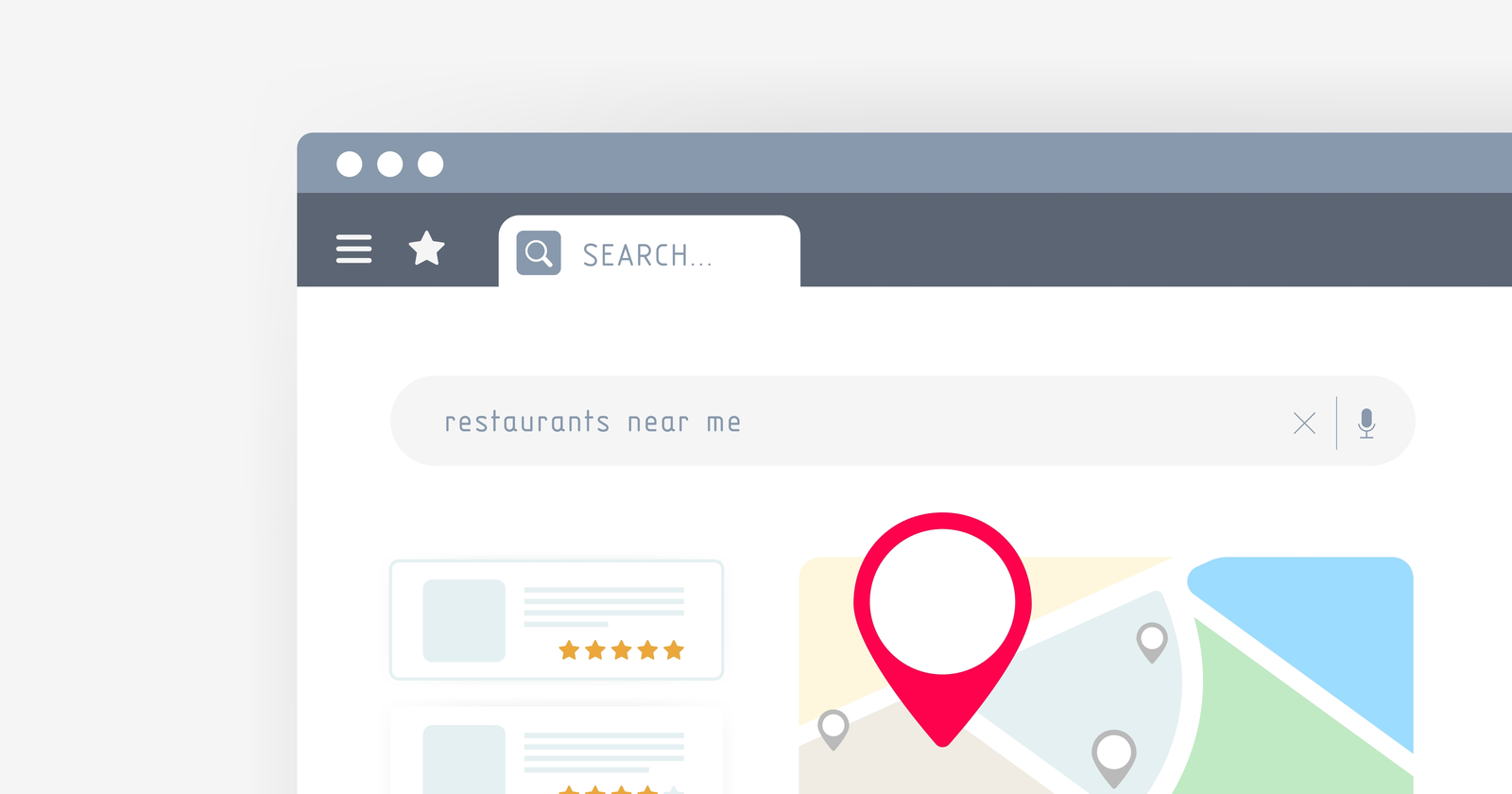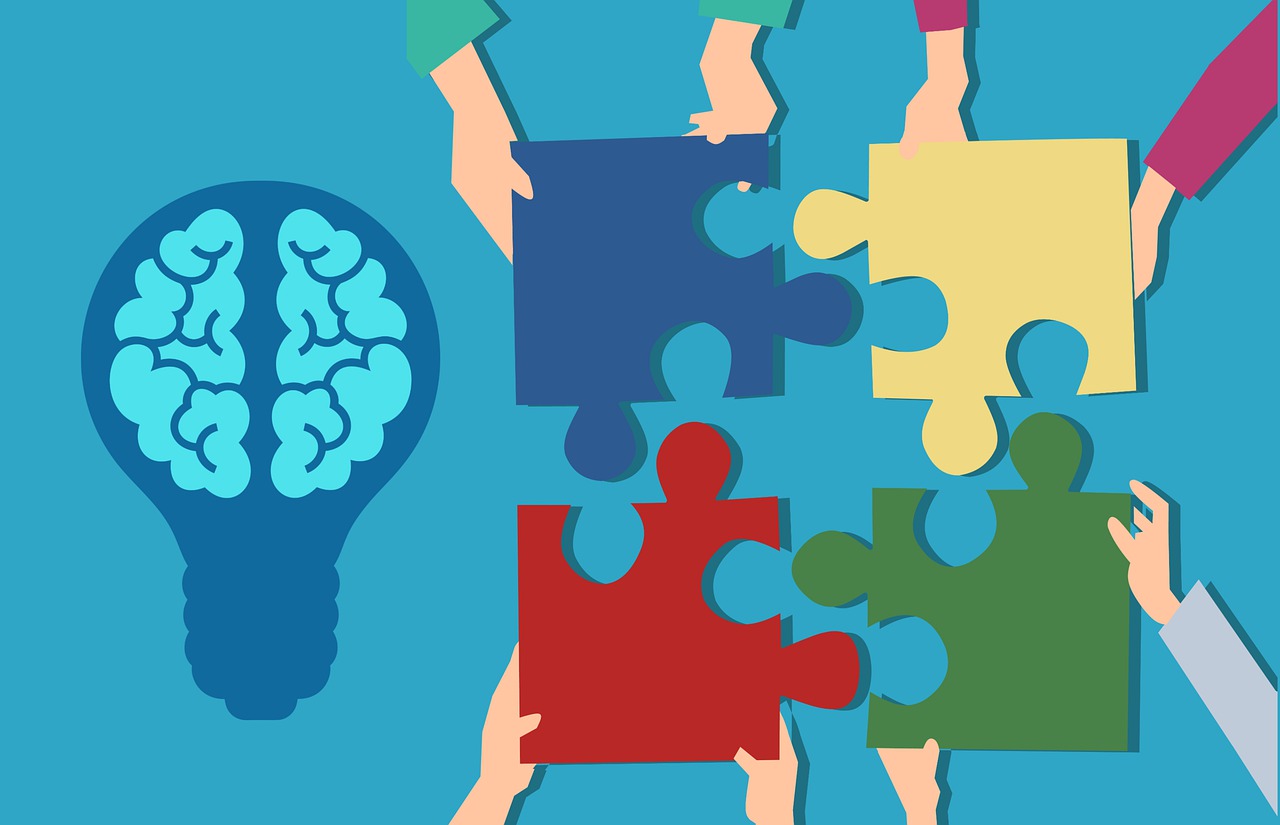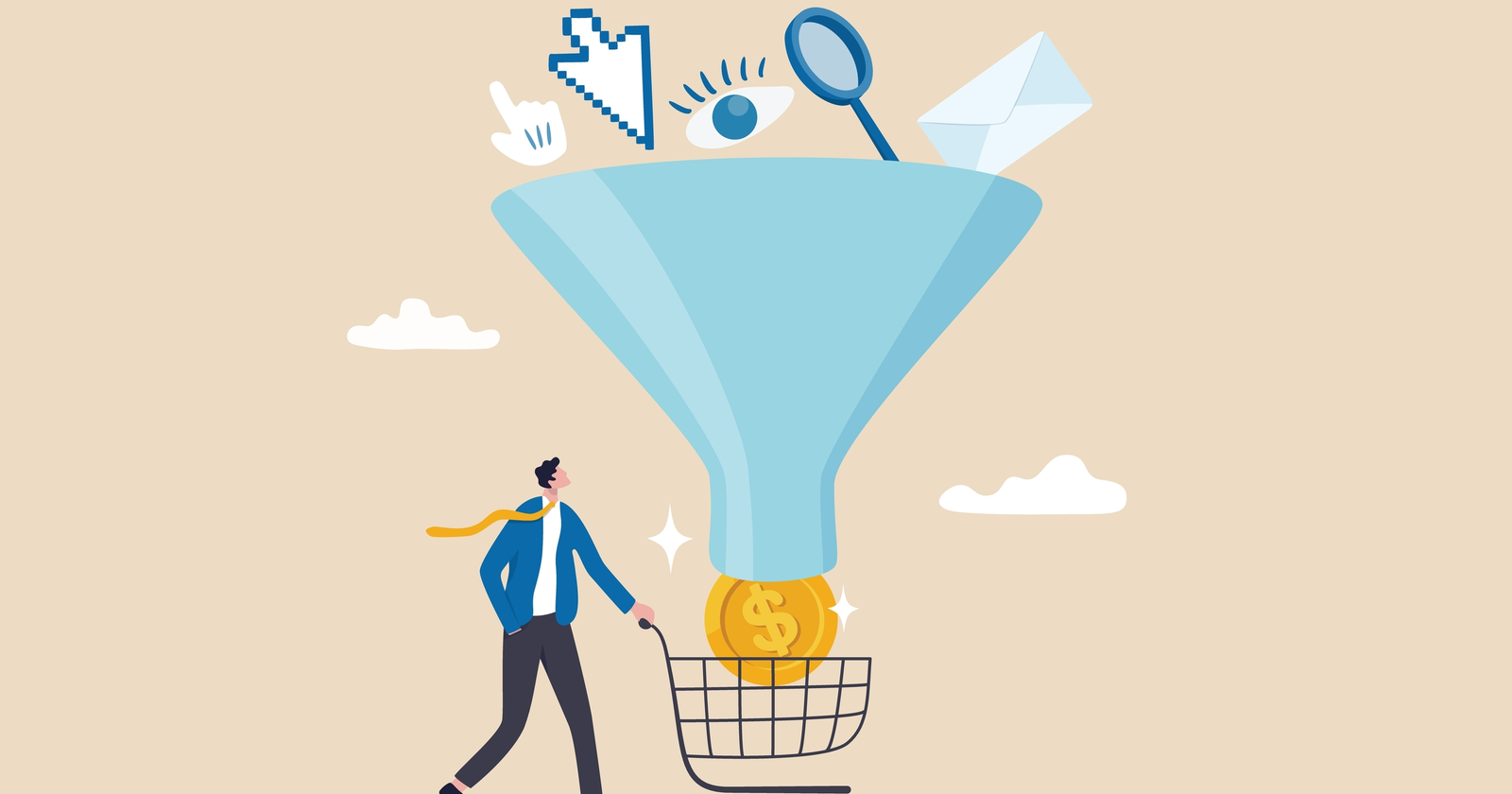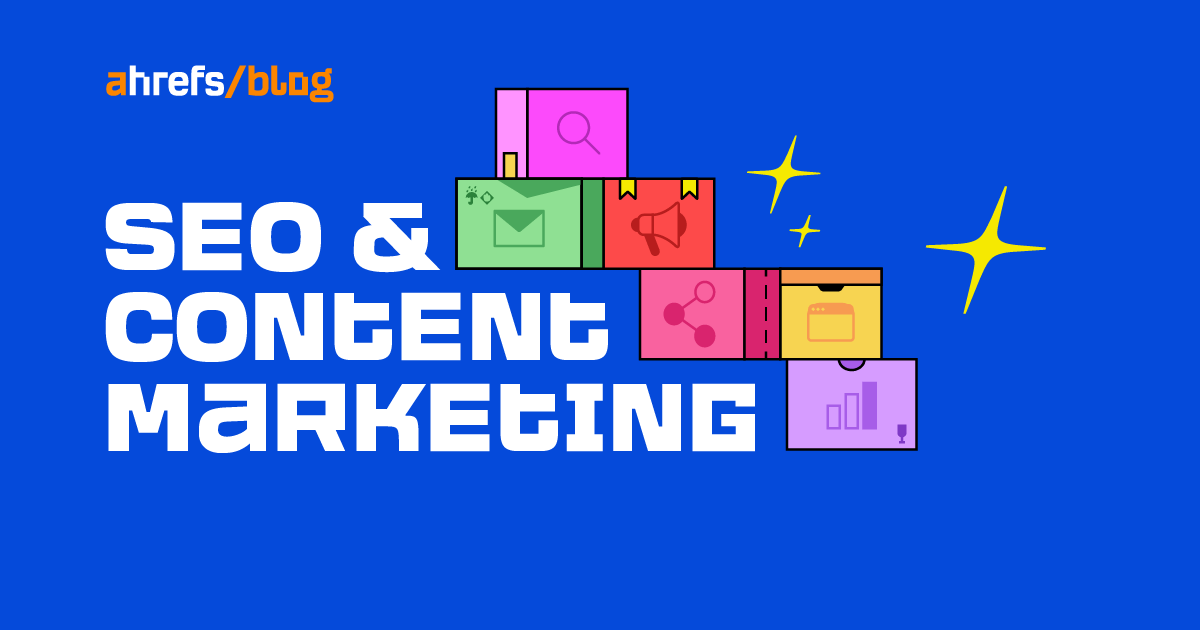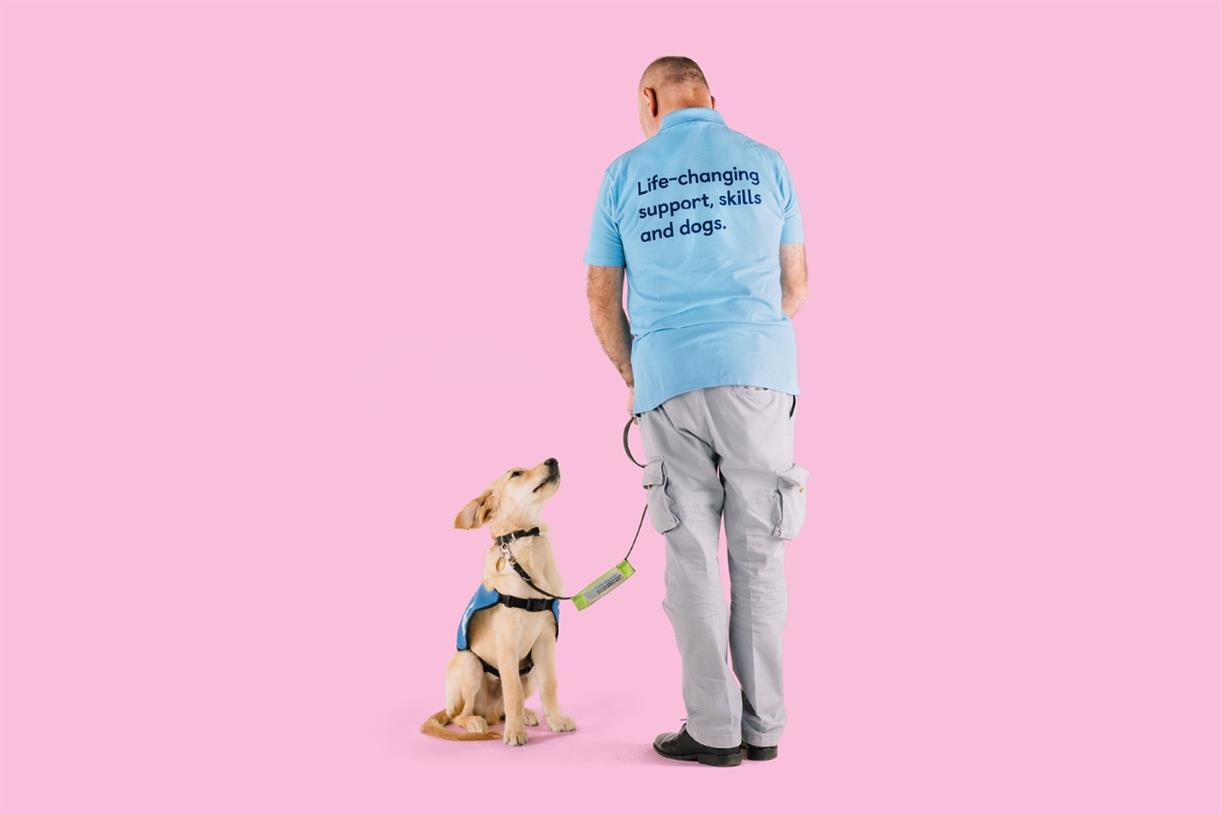How To Build a Successful Email Marketing Funnel for Conversions
As a business, you must be familiar with the prospect of building a comprehensive email list. Still, reaching targeted inboxes does not increase the chances of boosting your sales single-handedly. There is one more aspect that ensures your subscribers...
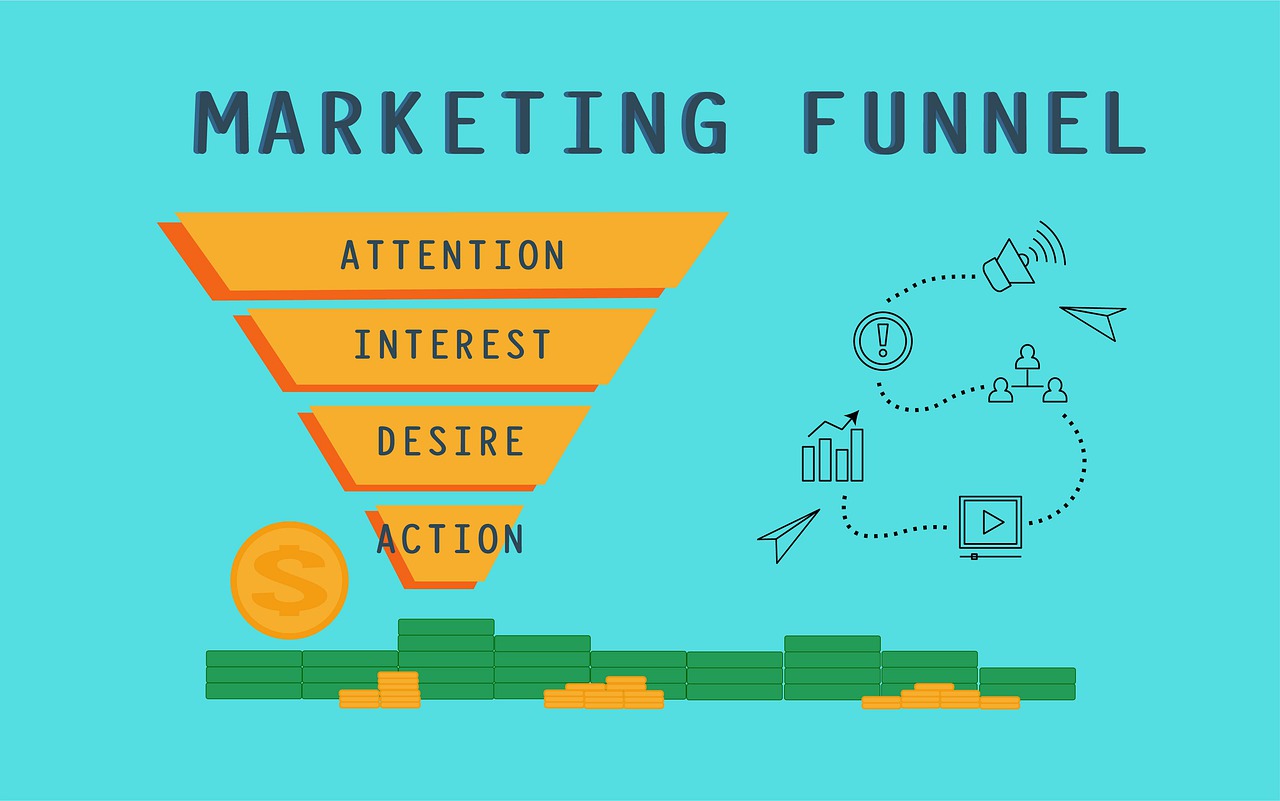
As a business, you must be familiar with the prospect of building a comprehensive email list. Still, reaching targeted inboxes does not increase the chances of boosting your sales single-handedly.
There is one more aspect that ensures your subscribers convert into customers. This vital facet is called an ‘email marketing funnel.’ This concept is similar to a sales funnel. It offers insights into the transition from a brand-aware to a brand-loyal customer.
But here’s an important question — is there a proper way to implement a fail-proof email marketing funnel strategy? In a word, yes. Follow the insights in this post to build such an essential funnel and move your leads from one stage of the buyer’s journey to the next.
Understanding the Email Marketing Sales Funnel
An email marketing funnel consists of the following stages:
AwarenessConsiderationConversionLoyaltyBrand AdvocacyEach stage represents the preference and state of your customer or lead. The following table explains each of the steps in a simple way.
| Stage | Meaning |
| Awareness | The customer is aware of the problem and is searching for suitable information |
| Consideration | In this stage, the customer learns about your products or solutions and considers using them |
| Conversion | The potential lead becomes the buyer and purchases your product or solution |
| Loyalty | Based on good service and experience, the customer purchases your products again and again |
| Brand Advocacy | The customer refers your services to other potential clients |
An email marketing funnel consists of different message types. Each email category can facilitate the potential client to move down the funnel from one step to another. This way, you can utilize the email funnel as one of the main aspects of your B2B marketing strategies.
Steps to Building a Successful Email Marketing Funnel
Here are the main steps that will simplify the process of creating an email marketing funnel.
1. Understand the Personalized Buyer’s Journey
The buyer’s journey can differ from business to business. So, you should understand how your specific prospects become the end consumer.
Identify the following aspects when mapping the buyer’s journey for your business:
For the awareness stage: Notice the channels of communication that help them become aware of your businessFor the consideration stage: Identify the type of content (blogs, media, videos, podcasts) that facilitate their considerationFor the purchase stage: Find out which mode they use for purchasing your product or serviceFor the brand loyalty stage: Understand which communication modes help gain the trust of your customersFor the brand advocacy stage: Find out the content types that your buyers use for referring your product or serviceThe answers to each stage will lay the foundation to create your customized email marketing funnel.
2. Create an Email Database
You can rely on data experts who collate an email list of your target audience. For instance, you can contact C-level executives using a customized database.
This way, generating leads and ensuring connecting with the target audience is easy. Focus on prospects that will be interested in your business.
An actionable email database is always more lucrative than an extensive one. So, how can you organize such a dataset? Well, here are some tactics:
Opt-in formsTools like MailChimpSuch an email database will work as the foundation of your email marketing funnel strategy.
3. Focus on the Email Content
Here is the main motive behind creating an email marketing funnel — you need to facilitate prospects to quickly move from one step to the next.
So, to achieve this pace, your email messages and content should be top-notch and relevant. Each of your emails should align with the stage of the buyer.
Here are some factors that you can consider:
Addressing pain pointsOffering informative contentCommunicating your brand story and voicePromoting your product or serviceTailor your email marketing content according to each stage. This will help you cater to the queries and challenges of your audience in a much more targeted way.
4. Focus on Prompt Communication
Finally, to build a robust email marketing funnel, you need to focus on communicating with your current and potential customers.
Note these two things:
New prospects are potential customersExisting customers are future brand advocatesYou can approach both types of leads using sales emails and relevant promotions. Retaining the existing customers and adding new ones keeps your funnel active. So, ensure that you keep offering value to both types of audiences.
Optimizing Your Email Marketing Funnel: Useful Tips
As a business, it is crucial to keep optimizing your marketing funnel. The dynamic buyer preferences demand companies to adapt and modify their strategies.
Similarly, the email marketing funnel strategy needs to be updated per dynamic buyer needs
Here are some funnel optimization pointers that can prove handy for your company:
Keep aligning the email marketing funnel with your brand’s business goalsFocus on creating high-quality and relevant contentMeasure and track the ROI of your email campaignsAlter the distribution of emails as per requirements and metricsThese practical tips can help you create the best and tailor made funnel to boost conversions.
Types of Emails in the Marketing Funnel
Different email categories can be pertinent to customers at various stages. Here are some of the prominent types that you can include in your strategy:
Nurturing emails: Offer a direct solution and portray yourself as an authority to your prospectsPitch emails: These emails are highly promotional and have a call-to-action. They display the features and special attributes of your products or servicesSocial proof emails: You can include testimonials or case studies to establish credibility in front of your prospects or customersProblem and answer type: This email type mentions the prevalent pain point of your clients or prospects. Next, you offer the solution and exhibit how your business aligns with the sameIn addition to these types, you can create emails with straightforward answers to the most frequently asked questions. Some email categories can be specific to customer support, refunds, or subscription details.
As a business, it is vital to understand the suitability of each type for the various marketing funnel stages. So, ensure that you properly understand the buyer’s journey before sending the emails.
Summing Up
An email marketing funnel needs to be tailor-made for your business. Initially, you must identify how your prospects become aware of your company. Next, you should map the elements that define your buyer’s journey.
For this purpose, it is vital to know the stages of an email marketing sales funnel. To build an actionable framework, begin by knowing your customer’s journey. Next, create a dependable email dataset that serves as the life force of your funnel.
Finally, focus on creating and distributing marketing emails. In this process, ensure you send appropriate emails according to the customer’s current stage in the funnel.

 AbJimroe
AbJimroe 







